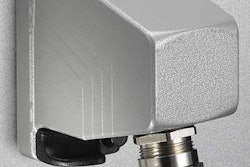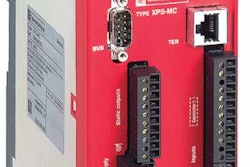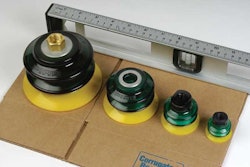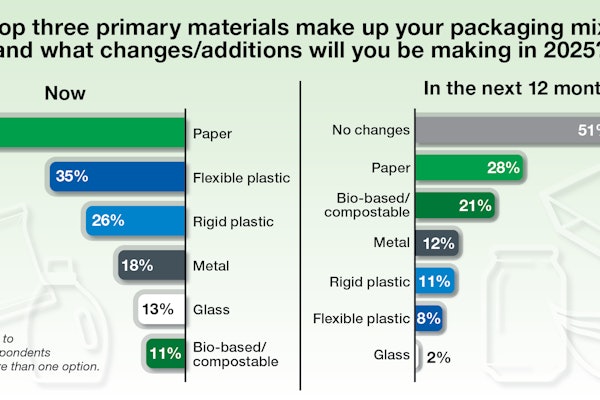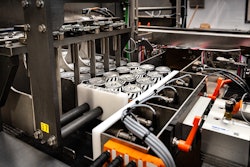According to a recent Packworld.com poll of 455 respondents, one-fifth said they had at least one major machine with this feature (see chart).
John Henry, who goes by the moniker “The Changeover Wizard,” feels that amount may be high. He estimates the percentage of push-button changeover packaging machinery to be in the 10-15% range overall. He allows that this number could be higher in some industries.
Whatever the number, it couldn’t be simpler, Henry says: “If you have servo-driven machinery, all you have to do is touch a button and the program is changed from A to B without having to touch a wrench or turn a gauge.”
Sound too good to be true? There is a catch, especially if anything goes amiss, according to Henry.
“Behind the scenes it can get much more complex,” he explains. “Where most any mechanic can keep a cam-driven machine going, electronics require a higher skill set” that may not be available at the plant. Henry knows of one manager at a major packaged goods company who experienced a changeover nightmare: The servo-driven machine failed, and the line was down for three days. It was a very expensive changeover.
Jerry Claunch, of Claunch & Associates, brings up another point to consider: “People say that it’s push-button changeover, but it never is.” He says that there are still infeed and outfeed guiderails to be adjusted, and those adjustments can take time.
Perhaps those with push-button equipment have an advantage, but only when they consider a holistic approach to changeovers.
Claunch suggests companies first capture “low-hanging fruit,” the easiest, value-generating improvements. Companies can invest these easy-to-get savings toward automated ones in the next step, he says.



